Epstein pearls are most likely the cause of a little, white or yellow bump on your baby’s gum line or roof of the mouth. You need not worry about this tiny bump, as it may disappear on its own. It is very common, as studies have proven, that nearly 60 -80% of newborns have Epstein pearls.
The appearance of this tiny bump may cause you concern, but in common, they are harmless and go away on their own. Read more to learn about the causes, symptoms, risk factors, and treatment options for Epstein pearls.
What Are Epstein Pearls?
Epstein pearls are white or yellow colored tiny cysts that appear inside a baby’s mouth on the gum line or at the roof of the mouth. It is one of the gingival cysts or palatal cysts that affects newborns, and it is also called gingival cysts or palatal cysts. These bumps are caused by the trapped keratin, a protein naturally found in skin, hair, and nails.
These cysts are similar in appearance to teeth just starting to emerge, which is why many new parents initially mistake them for early teething signs. However, Epstein’s pearls are not related to tooth development and are entirely benign.
Causes of Epstein Pearls
Epstein pearls form during the development of the baby’s mouth while they are still in the womb. During gestation, the parts of the baby’s mouth fuse, and due to this fusion, some of the skin cells get trapped. These trapped cells become keratin-filled cysts that result in Epstein pearls.
To summarize:
- Epstein pearls develop due to trapped epithelial cells during the formation of the palate.
- These cysts are filled with keratin and do not indicate any underlying disease.
- They occur naturally and are not caused by infection or injury.
Symptoms and Appearance
Epstein pearls are typically,
- Small (1–3 mm in diameter)
- White or yellowish
- Dome-shaped and smooth
- Found along the midline of the roof of the mouth or on the gums
They are usually painless and do not cause any discomfort to the baby. Most infants continue to feed, suck, and sleep normally without being affected in any way.
Epstein pearls don’t cause inflammation or pain, as your baby may not even notice them. In some rare cases, the cyst may be very large, and it may slightly interfere with feeding, but this is extremely uncommon.
Risk Factors
Epstein pearls are considered a normal part of newborn development and are not associated with any health risks. However, they tend to occur more frequently in,
- Newborns delivered vaginally: Pressure during delivery might contribute to their development.
- Full-term infants: Premature babies may be less likely to develop them.
- First-time mothers’ babies: Some studies suggest that babies born to first-time mothers may show a slightly higher incidence.
These cysts are not contagious and do not result from poor hygiene or infections.
Epstein Pearls vs. Other Oral Conditions
It’s easy to confuse Epstein pearls with other oral conditions in infants. Here are some common look-alikes,
- Natal or neonatal teeth: These are actual teeth present at birth or erupting soon after. Unlike Epstein pearls, they are harder and fixed in the gums.
- Bohn’s nodules: These appear on the sides of the gums or roof of the mouth but are also benign keratin-filled cysts.
- Oral thrush: A fungal infection that appears as white patches, often on the tongue or inner cheeks, and may cause discomfort.
If you’re ever unsure about what you’re seeing in your baby’s mouth, a pediatrician or pediatric dentist can quickly diagnose the issue.
Diagnosis
Epstein’s pearls are typically diagnosed through a simple physical examination. Since they have a very characteristic appearance, no special tests or investigations are needed. Your pediatrician will be able to confirm the diagnosis during a routine check-up.
Treatment and Home Care
The good news is that Epstein pearls do not require any treatment. These cysts typically resolve on their own within a few weeks after birth. As your baby’s mouth continues to grow and develop, the cysts rupture and disappear without intervention.
Here’s what you can do at home:
- Avoid poking or squeezing them: This can irritate the area or cause infection.
- Maintain good feeding practices: Continue breastfeeding or bottle-feeding as usual.
- Keep the baby’s mouth clean: While special cleaning isn’t required, keeping the mouth free of milk residue can help maintain overall oral hygiene.
In most cases, by the time your baby is a month old, the Epstein pearls will have vanished entirely.
When to See a Doctor
Though Epstein pearls are harmless, it’s always a good idea to contact your pediatrician if you notice,
- The bumps are growing or changing color
- Your baby shows signs of discomfort or feeding difficulty
- There is redness, swelling, or discharge from the bumps
- The bumps do not disappear after several weeks
These could be signs of a different condition that may require medical attention.
Takeaway
If you are a new parent and noticing Epstein pearls, then it may cause concern to you, but it is harmless and normal in most newborns. These gingival cysts disappear on their own without causing any trouble for your baby. As long as your baby is feeding well and appears comfortable, then you need not worry.
However, if you notice something unusual in your baby’s mouth, consult your pediatrician for reassurance. Contact the best child dentist in Trichy at Surya Dental Care to take good care of your child’s overall oral health.

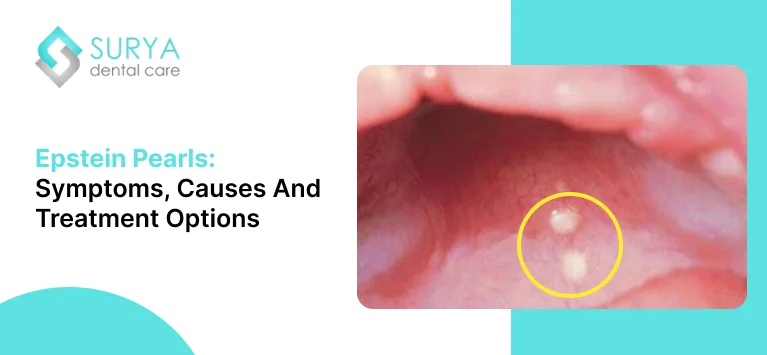

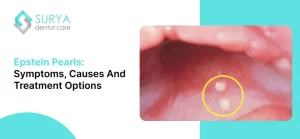


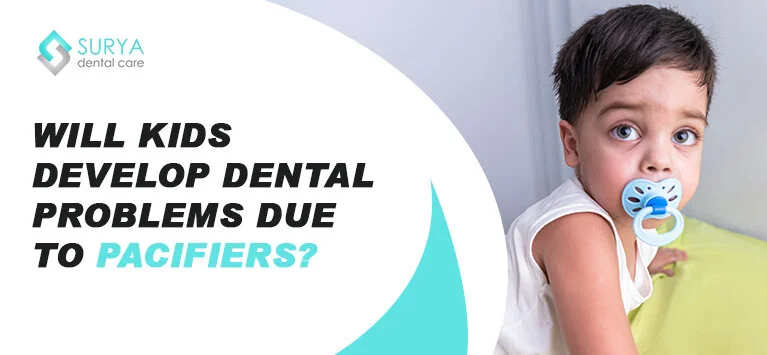
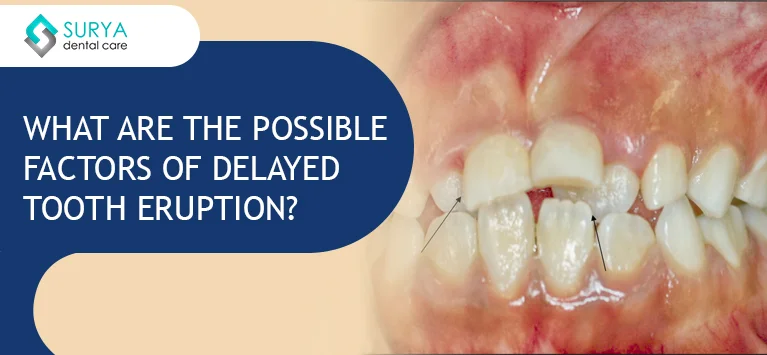

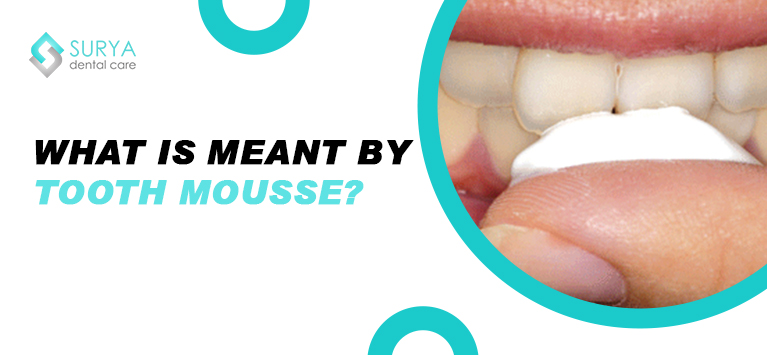

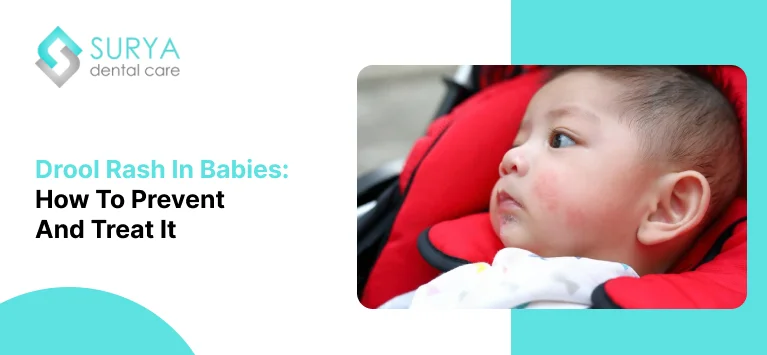

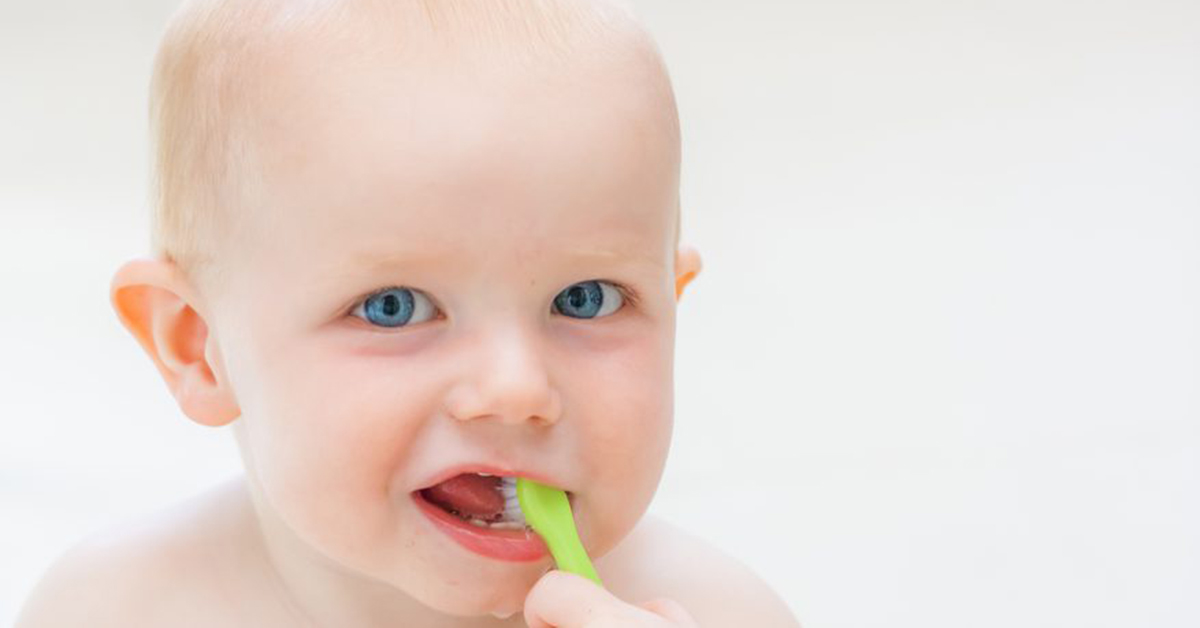

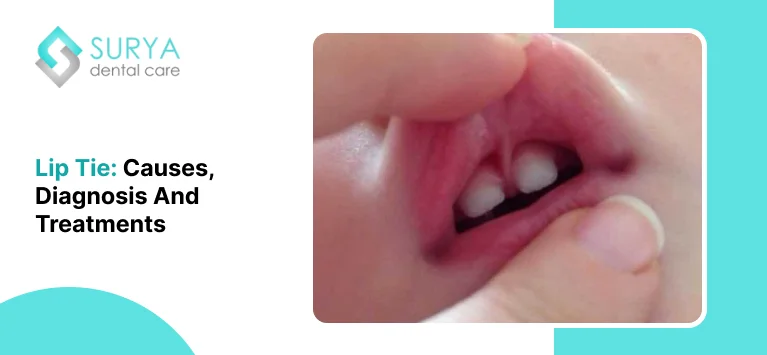
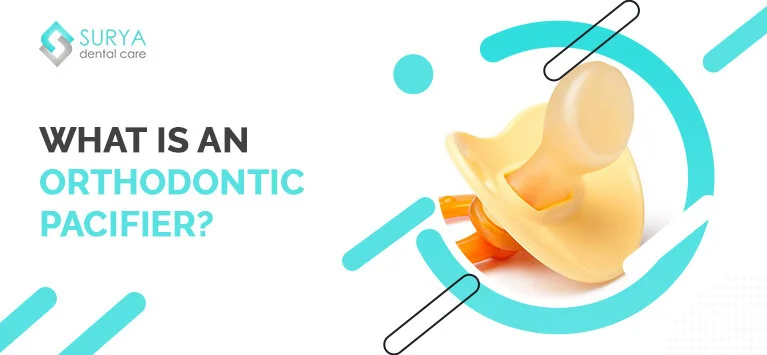
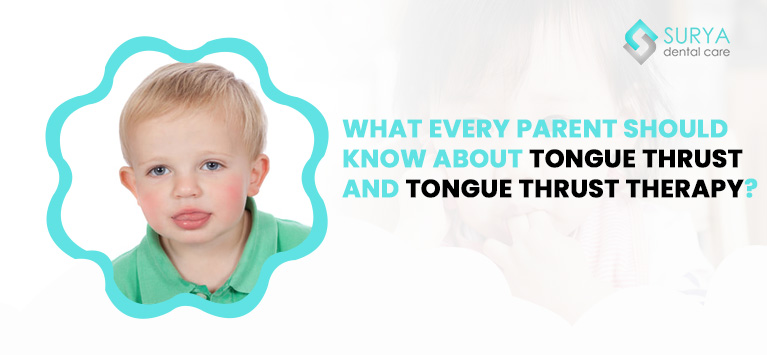
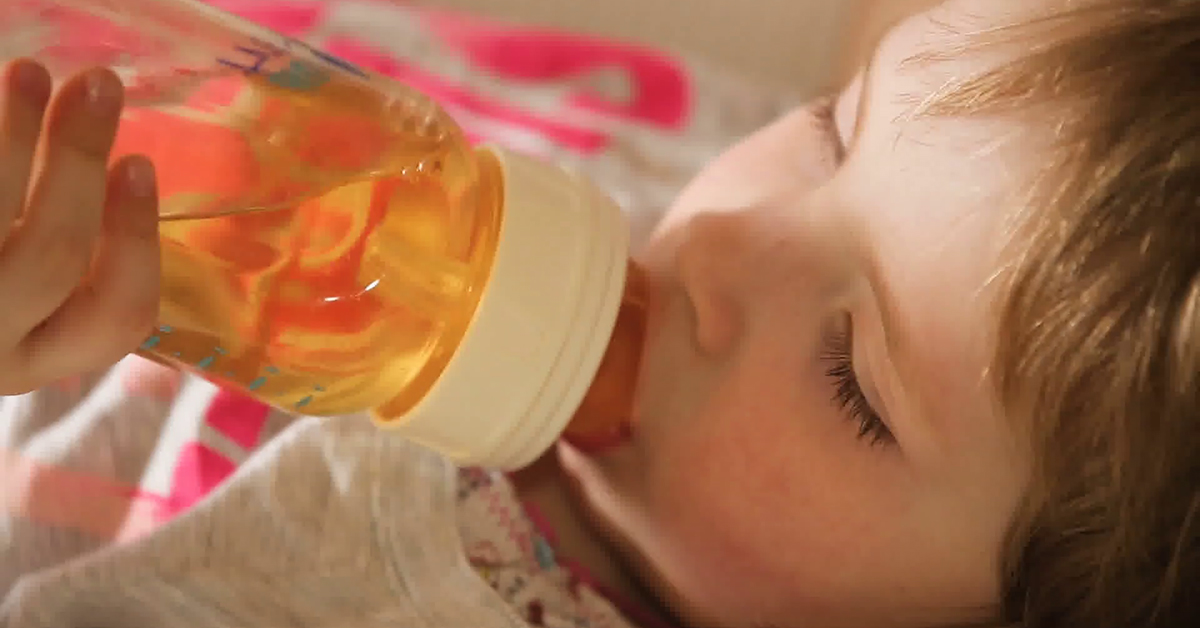
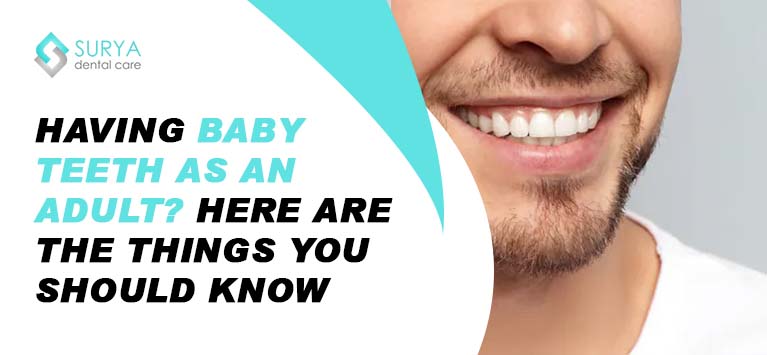
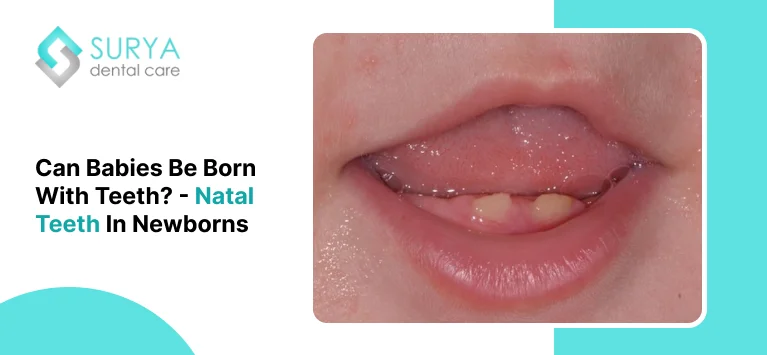


Leave a Comment